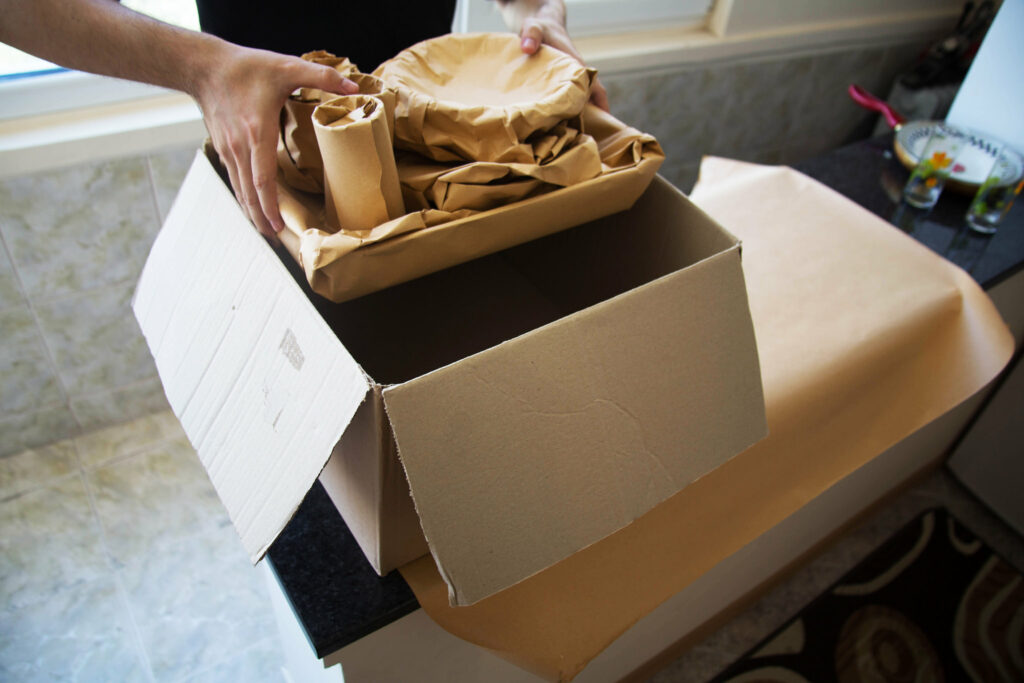
When it comes to safely moving antiques and fragile items, you need a thoughtful approach that prioritizes protection.
You’ll want to start by assessing the condition of each piece, documenting any imperfections to avoid surprises later.
Choosing the right packing materials is crucial, as improper wrapping can lead to irreversible damage.
But there’s more to consider than just packing; the transportation process itself plays a vital role.
What strategies can ensure your valuables arrive intact? Understanding these aspects can make all the difference in safeguarding your cherished belongings.
Assessing Your Items
Before embarking on your move, it’s crucial to carefully assess each of your antique possessions.
Condition Assessment:
- Thorough Examination: Conduct a thorough examination of each antique piece, paying close attention to its condition.
- Documenting Imperfections: Note any signs of damage, such as scratches, chips, cracks, or discoloration.
- Photography: Take photographs of any existing damage for documentation purposes.
Determining Value:
- Market Research: Research the market value of each antique piece.
- Consult with Experts: Consider consulting with an appraiser or antiques expert for a professional valuation.
- Utilize Online Resources: Explore reputable online resources and auction websites to gain insights into the market value of similar antiques.
Considering Sentimental Value:
- Emotional Significance: Acknowledge the sentimental value of each piece, even if its monetary value is low.
- Prioritize accordingly: Prioritize packing and transporting items with high sentimental value with extra care.
Creating an Inventory:
- Detailed Inventory: Create a detailed inventory of all your antiques, including:
- Item description
- Condition assessment
- Estimated value
- Photographs
- Insurance Purposes: This inventory will be invaluable for insurance purposes in case of any damage during the move.
By taking the time to assess your antiques thoroughly, you can ensure that they are handled with the utmost care during the moving process.
Packing Techniques
Once you’ve assessed your antiques, it’s crucial to employ proper packing techniques to ensure their safe transport.
Gather Quality Packing Materials:
- Essential Supplies: Gather high-quality packing materials such as:
- Bubble wrap: For cushioning delicate items.
- Packing paper: For wrapping and filling voids.
- Sturdy boxes: Choose sturdy, double-walled boxes in appropriate sizes.
- Furniture pads and blankets: For protecting larger antiques.
Secure and Protect Each Item:
- Individual Wrapping: Wrap each antique individually with bubble wrap, securing it with tape to prevent movement within the box.
- Proper Placement: Place heavier items at the bottom of the box and lighter items on top.
- Fill Empty Spaces: Fill any empty spaces within the box with packing peanuts or crumpled paper to minimize shifting.
Special Considerations for Delicate Items:
- Glass and Ceramics:
- Wrap glass and ceramic items in multiple layers of packing paper.
- Place them upright in the box to minimize the risk of breakage.
- Avoid stacking these items on top of each other.
Clear Labeling:
- Label Each Box Clearly: Label each box clearly, indicating the contents, fragility, and handling instructions (e.g., “Fragile: Handle with Care,” “This Side Up”).
Secure Sealing:
- Double-Check: Double-check that each box is securely sealed with strong tape to prevent accidental opening during transport.
By following these packing techniques, you can significantly reduce the risk of damage to your antiques during the moving process and ensure their safe arrival at your new destination.
Transportation Tips
Safe transportation is crucial to ensure your antiques arrive at their new destination in pristine condition.
Choosing the Right Vehicle:
- Ample Space: Select a vehicle with ample space to accommodate your antiques comfortably.
- Smooth Ride: Opt for a van or truck to provide a smoother ride and minimize vibrations.
Secure Loading Techniques:
- Proper Packing: Ensure each item is securely packed and cushioned with blankets, bubble wrap, or foam padding.
- Secure Placement: Secure larger items in the vehicle using straps or ropes to prevent movement during transit.
Handling Fragile Items:
- Vertical Stacking: For fragile items like glass or ceramics, consider vertical stacking to minimize the risk of breakage.
- “Fragile” Labeling: Clearly label boxes containing fragile items with “Fragile” markings.
Safe Driving Practices:
- Drive Carefully: Drive carefully, avoiding sudden stops, sharp turns, and excessive speed.
- Regular Checks: Take breaks during long journeys to check on the condition of your antiques and ensure they remain secure.
Careful Unloading:
- Unpack with Care: Upon arrival, unpack your antiques with care and inspect each item for any damage sustained during transport.
By following these tips, you can significantly reduce the risk of damage during transport and ensure that your valuable antiques arrive at their new home safely.
Safely moving antiques and fragile items requires meticulous planning and careful execution.
By thoroughly assessing your items, employing proper packing techniques, and choosing a safe and reliable transportation method, you can significantly reduce the risk of damage.
Remember to prioritize the safety of your belongings throughout the entire moving process, from initial packing to final delivery.
With careful planning and attention to detail, you can ensure that your cherished antiques arrive at their new destination in the same pristine condition as when they departed.